Mordovia information

Welcome to Saransk, the vibrant capital of Mordovia region in Russia. This city is a haven for travelers interested in Mordvin culture, with its impressive museums and rich heritage. Explore the streets of Saransk, visit the historical landmarks, and immerse yourself in the local traditions. Saransk is also a gateway to the picturesque countryside of Mordovia, where you can discover charming villages, lush landscapes, and traditional crafts. Whether you're interested in history, culture, or simply enjoying the warm hospitality of the locals, Saransk is a destination that will leave you with unforgettable memories.
Understand
Welcome to Mordovia, a fascinating region named after the Mordvin people, a unique Finno-Ugric minority. The Mordvins consider themselves as two distinct nationalities, the Moksha and the Erzya, with their own languages. The Moksha reside in the west, while the Erzya dominate the north and northeast. However, the majority of Mordovia's population is formed by ethnic Russians.
Prepare to be awed by the natural beauty of Mordovia. This mostly flat land is adorned with dense forests and scattered with charming lakes. The picturesque region is traversed by two major rivers, the Sura and the Moksha.
During the early 1990s, Mordovia faced a decline in social and economic development, leading to a crisis in livestock farming. But fear not, as the situation began stabilizing in the late 1990s. Some plants even adapted to the changing economic landscape, ensuring a promising future for the region.
Map & Climate
Popular Foods
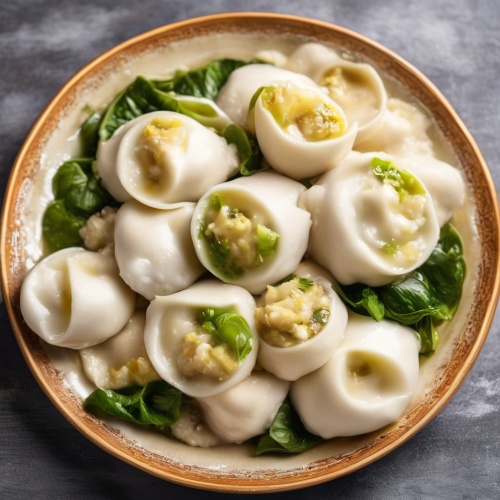 Blini - Thin Russian pancakes made with buckwheat flour, typically filled with caviar, sour cream, or butter. Often served as a starter or snack.
Blini - Thin Russian pancakes made with buckwheat flour, typically filled with caviar, sour cream, or butter. Often served as a starter or snack. 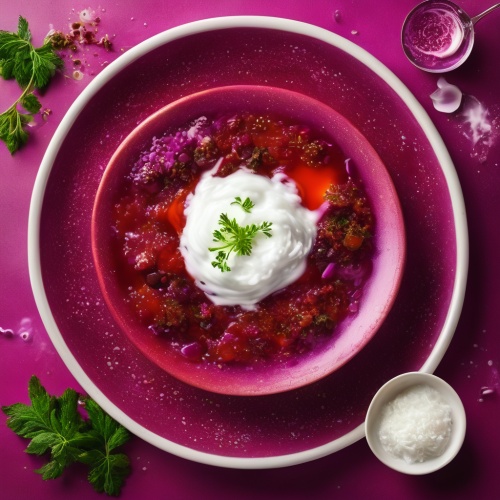 Borscht - A hearty soup made with beets, potatoes, cabbage, and other vegetables, often featuring meat such as beef or ham. It may include additional ingredients like eggs, sour cream, or dill.
Borscht - A hearty soup made with beets, potatoes, cabbage, and other vegetables, often featuring meat such as beef or ham. It may include additional ingredients like eggs, sour cream, or dill. 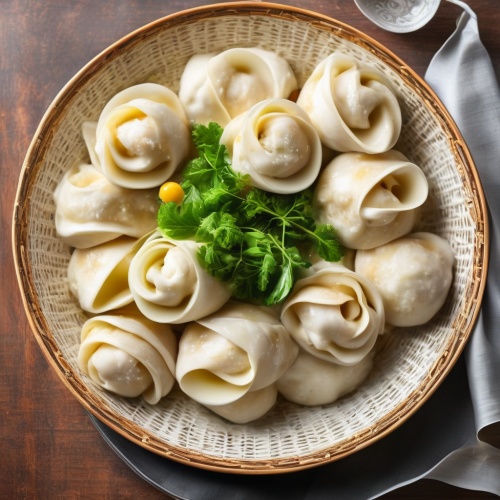 Pelmeni - Russian dumplings filled with meat, usually ground beef or pork, and seasonings. They can be boiled, fried, or baked and often served with sour cream or butter.
Pelmeni - Russian dumplings filled with meat, usually ground beef or pork, and seasonings. They can be boiled, fried, or baked and often served with sour cream or butter. Historical Appearance
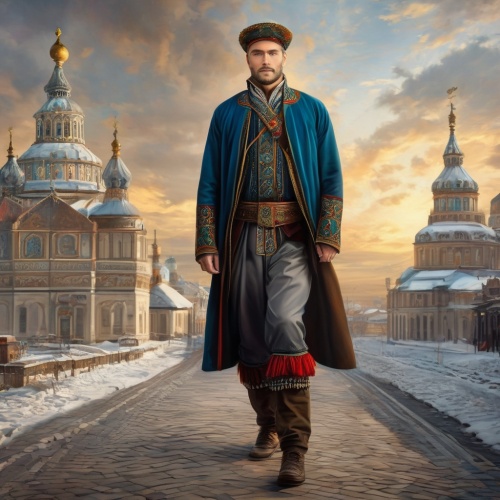 Traditional Male Clothing
Traditional Male Clothing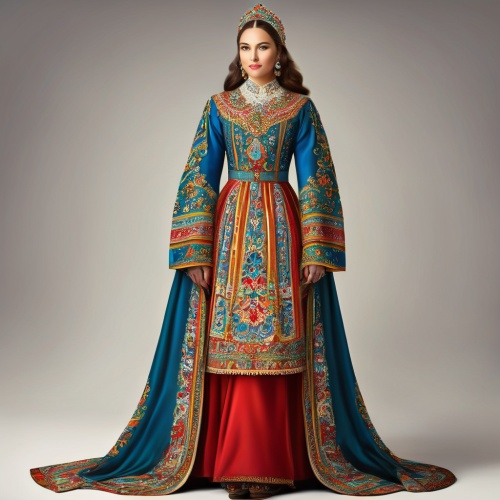 Traditional Female Clothing
Traditional Female Clothing








Comments
NO COMMENTS